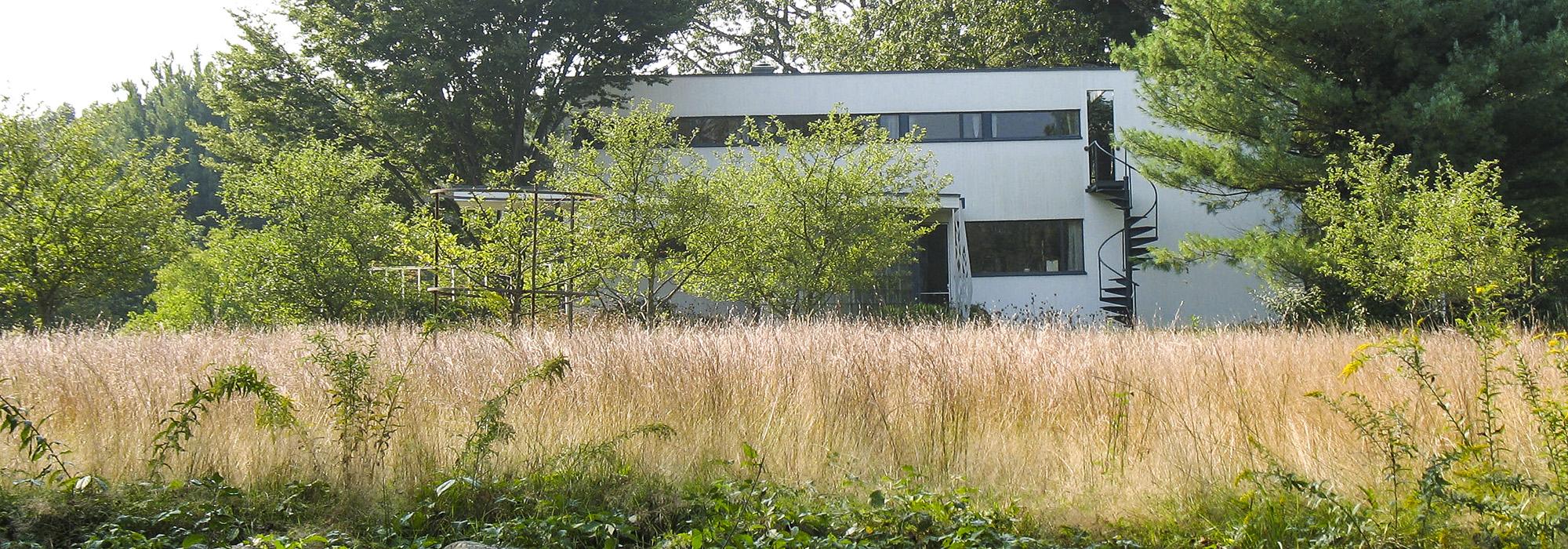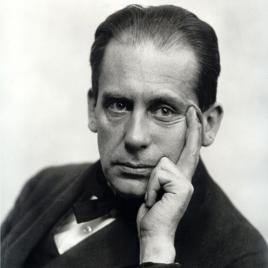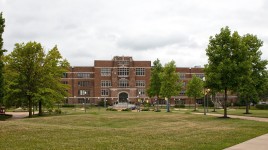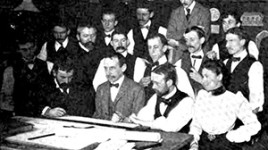Pioneer Information
One of the most influential champions of architectural Modernism, Gropius believed that designs should be guided by functionality, and need not reference earlier styles. He studied architecture in Munich and Berlin before joining the offices of leading architect Peter Behrens in 1907, whose firm also employed, at various times, Ludwig Mies van der Rohe and Le Corbusier. Gropius left in 1910, briefly entering private practice with architect Adolph Meyer. He fought for Germany along the Western Front during World War I, was wounded, and received the Iron Cross for bravery. In 1919 he was appointed director of the Staatliches Bauhaus Weimar, where he would establish a new paradigm in design education, which integrated the study of arts, crafts, and materials, under a faculty that included painters, sculptors, ceramicists, glass-makers, and others.
In 1925, the Bauhaus moved to Dessau, and Gropius designed its new building and faculty housing, characterized by the planar and unadorned facades of the International Style. He resigned as director of the Bauhaus in 1928 and came to Harvard in 1937, chairing the Graduate School of Design from 1938 to 1952, and introducing elements of the Bauhaus philosophy to the curriculum. In 1946 he formed The Architects’ Collaborative (TAC), whose commissions included the U.S. Embassy in Athens; the University of Baghdad; the Harvard University Graduate Center; and the Michael Reese Hospital in Chicago (now destroyed). For the grounds of the latter, Gropius collaborated with landscape architects Lester Collins, Hideo Sasaki, and Walter Novak to create a series of restorative landscapes to assist and renew patients, while serving the larger neighborhood. Gropius died in Boston at the age of 86.














